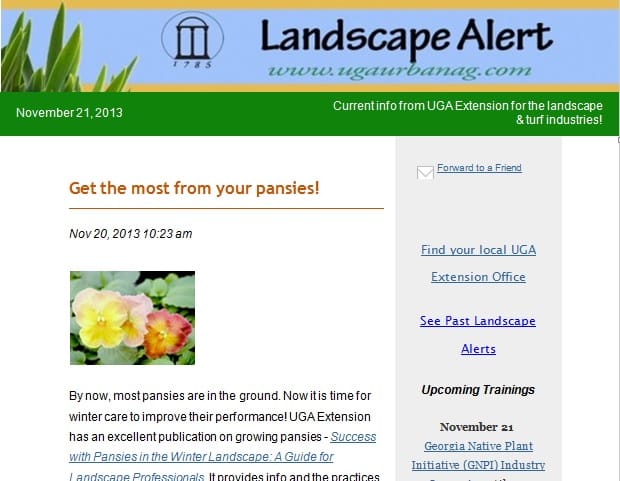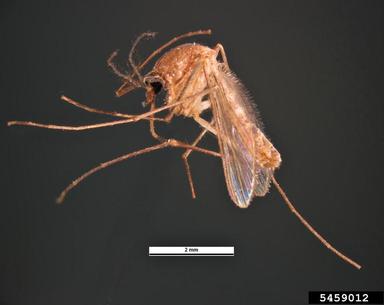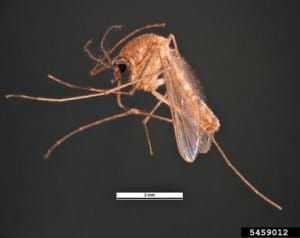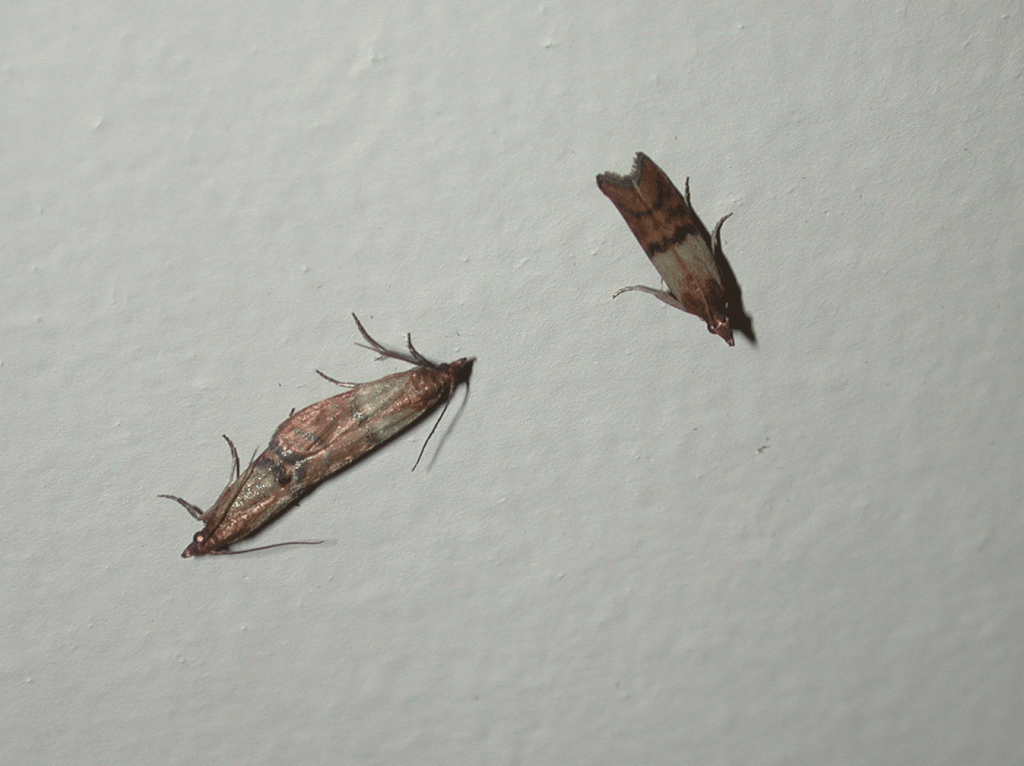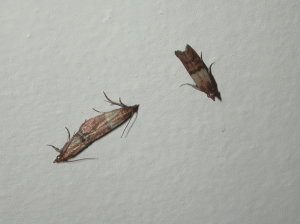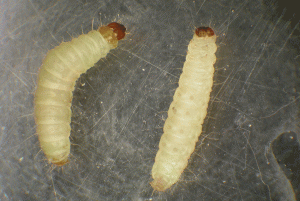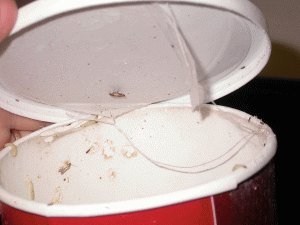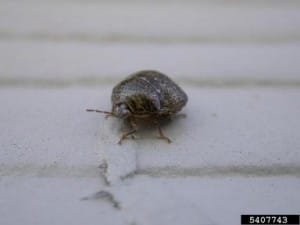As you receive the Landscape Alert emails, we want you to use this information from UGA to continue to improve the services you offer and to give you a competitive advantage in the landscape and turf industry. Here are some ideas on how to do this:
When you receive an Alert on a recent pest outbreak:
- Use the Alert information to train workers how to look for this pest and how to determine if some type of control is needed. This may offer the opportunity for a sale to your customer.
- If you see the pest in a landscape, notify the client that you have found this pest and if there is any need for concern. Even if you do not have to manage the pest, the client will appreciate this information and this will build your rapport with your client.
- Leave a copy of the specific Alert on that pest with the client or direct them to the Alerts.
- Link to the Alerts on your website or re-issue the Alerts to your customers in your own email newsletter, as a mail out, etc. Please keep the original author’s information on whatever you publish so the readers will know the information comes from UGA.
Use Alerts for training workers (especially on rainy days!)
You could also make a notebook of pertinent Alerts and other information and put it in every vehicle to use to identify problems.
Train workers using the online bilingual safety videos
Listed under Safety Training for Landscape Workers. This improves safety, protects workers and reduces liability. Make certain that your insurance provider knows that you provide this training and certify that all workers have been trained. This free online program includes a certificate upon completion.
If an Alert mentions that it is time for a particular type of service (aerating, planting, seeding, mulching, etc.) then begin to promote that service with your customers.
Information from UGA will help the customer understand the importance of performing these services at the right time of the year and can lead to further sales for your business. These turf calendars can also help with this.
Alerts can help you to train your customers.
Some customers may not realize the need to follow recommendations that you make concerning proper watering, timely maintenance, etc.
Many landscape problems are actually due to improper care. Information from the Alerts or other UGA publications can help you to make your point when you encourage homeowners concerning their responsibilities to properly maintain their landscapes. This might include proper watering, mowing, pruning, fertilization, etc. You could also train the client to look out for certain types of pests or other problems and then to contact you for control measures.
Landscape Alert readers also receive information on upcoming trainings and events.
- Keep your certifications up to date with these trainings.
- Make certain your clients know of your certifications, memberships and trainings you attend so they will realize the ongoing training you receive. You could publish a short article once a year to let clients know of your ongoing training or of recent certifications that employees receive.
Alerts promote helpful publications from UGA.
- Bookmark these online or print a copy for your use.
- Share these publications with clients as you work to provide the best service possible for them. They will appreciate the fact that your recommendations are backed by UGA research and information.
My hope is that Landscape Alerts help you as you serve your customers!
